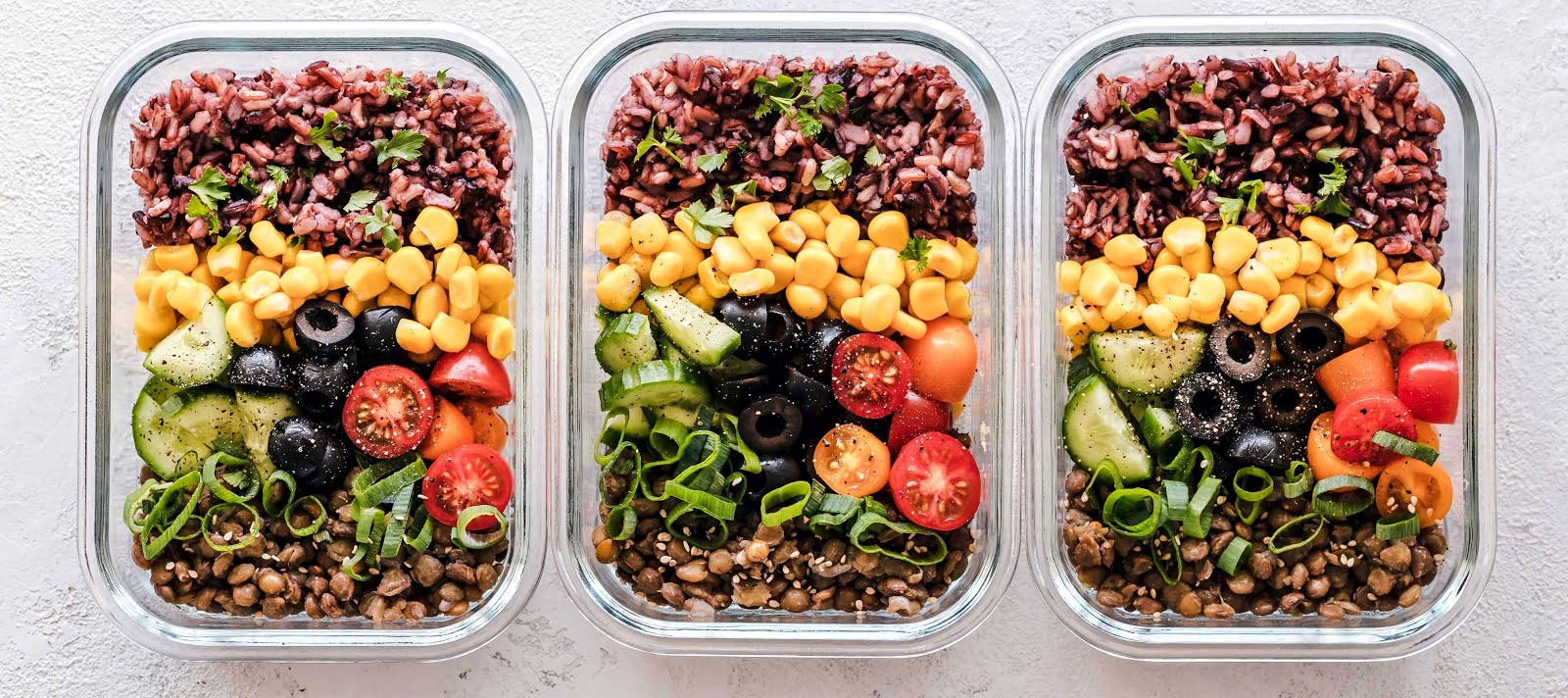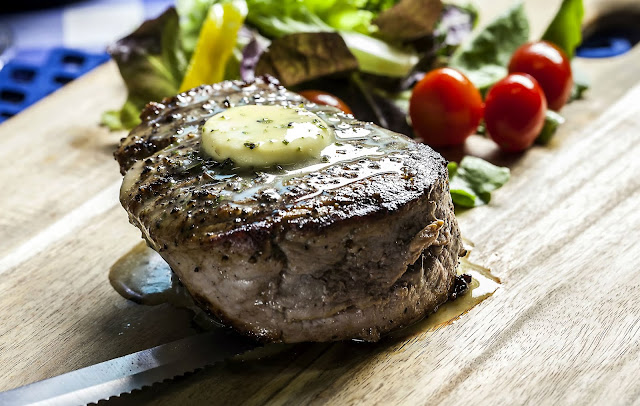Atkins Diet and intestinal problems
The main complaint of those who use the Atkins diet are the intestinal problems associated with reducing carbohydrates. These problems can include constipation and diarrhea. These symptoms can happen to anyone at any one time, but those who follow a low-carb diet are particularly sensitive.
Usually, dieters will experience diarrhea during the first days of induction. This is due to the fact that the body gets rid of excess carbohydrates. It also marks the beginning of the ketosis process. So in reality it is a good thing to get diarrhea at the beginning of the diet. It indicates that you are on your way to becoming a fat burning machine.
Constipation is a side effect of the lack of fiber in the low carbohydrate diet. Whole grains, legumes and fruits are the normal sources of dietary fiber and they are all limited on the Atkins diet.
However, you should not be afraid of the low-carb lifestyle because of these problems. There are simple solutions that can prevent and help these symptoms and allow you to stay on the diet plan.
The first tip is to make sure you include the right amount of low carb vegetables in your daily diet. In the induction phase you can eat up to 20 grams of carbohydrates per day. This is approximately equal to 3 cups of lettuce. Some people tend to use their carbohydrate grams on cheese or artificially sweetened soda. Eating acceptable vegetables is an essential part of maintaining intestinal health while following the Atkins plan. It is also important to drink and exercise at least 8 glasses of water a day. Both of these steps can help with bowel programs.
If you specifically suffer from constipation, there are many methods to relieve you. When you switch from a diet full of processed and refined sugar products, your body will need some time to adapt to this new way of eating. You need to make sure you increase your fiber intake with acceptable fruits and vegetables (some fruits are allowed after the first induction phase). You can also try a fiber supplement such as sugar-free Metamucil.
Make sure you eat enough fats and oils. Constipation can be the result of too little fat in your diet. Adding a tablespoon of olive oil or flax oil to salads or other vegetables can improve your intestinal health. Also try to include a variety of vegetables in your salad. Pale iceberg lettuce doesn't have a lot of fiber in it. Try dark green lettuce or take a portion of dark green steamed vegetables (broccoli, asparagus or spinach are good choices).
If these tips don't work, try cutting all the salt out of your diet for a few days. This includes gherkins, mustard, soft drinks, ham, bacon and bottled salad dressing. This will reduce your fluid retention and sometimes help with bowel movements.
Diarrhea should not be a problem after the first week of the infusion plan. In rare cases, however, it lasts longer. Analyze your diet first. If you eat low-carb protein bars or other sugar-free products, eliminate them. They may contain sweeteners such as glycerine, sorbitol and malitol, which are known to cause diarrhea and gas. Homemade low-carb desserts can also be a cause of problems. Most use maltodextrin, an artificial sweetener used in baking. Maltodextrin is made from corn and can cause problems in some people.
If you're not used to eating raw vegetables every day, this can be a cause of diarrhea. Understand that your body will adapt to the vegetables and that the side effects of the intestine will not last forever. Make sure you chew your raw vegetables well. The use of lightly steamed vegetables instead of raw vegetables can also be a solution to this problem.
Bowel problems are common during the first part of the Atkins diet. However, keep in mind that these problems will disappear within the first weeks of the new way of eating. If the problems persist, try the previously mentioned tips to get relief.





Comments
Post a Comment